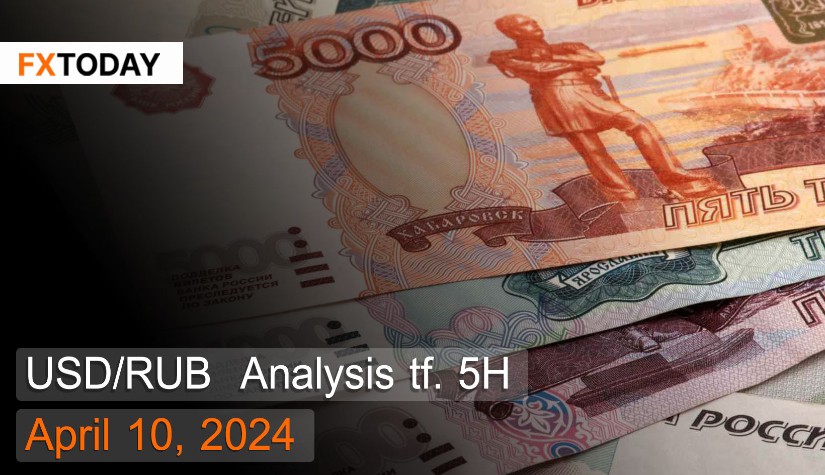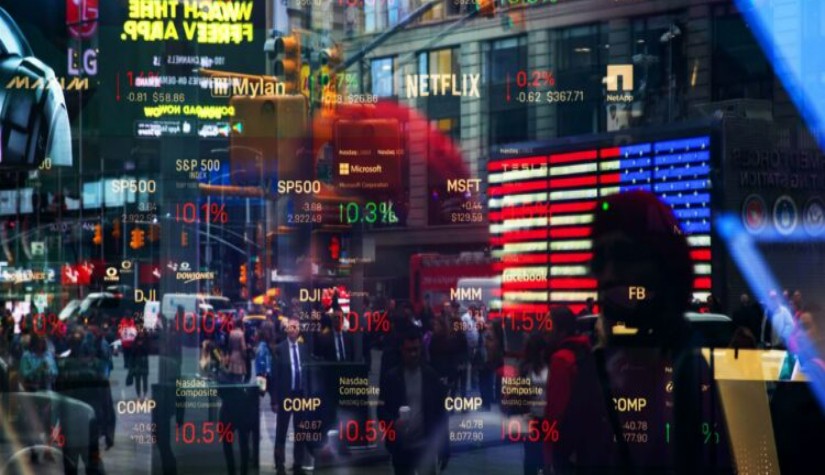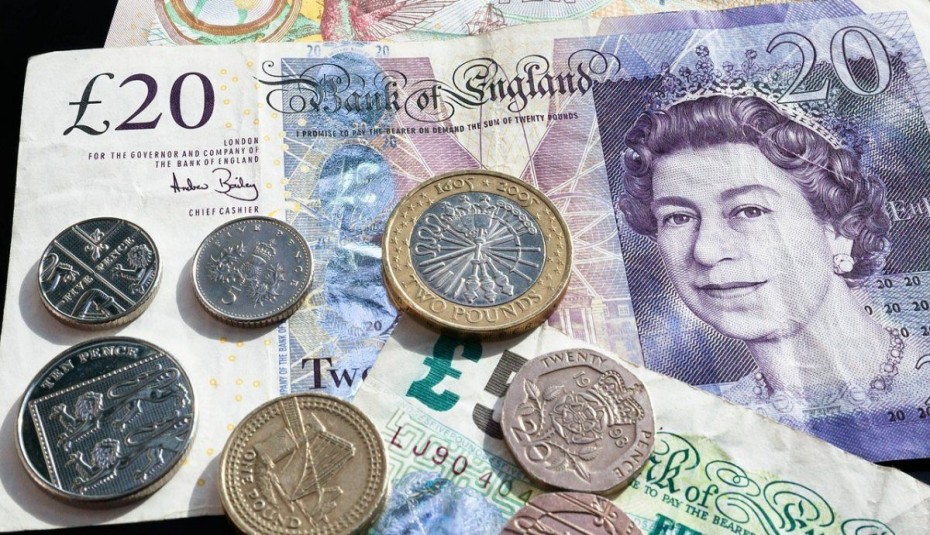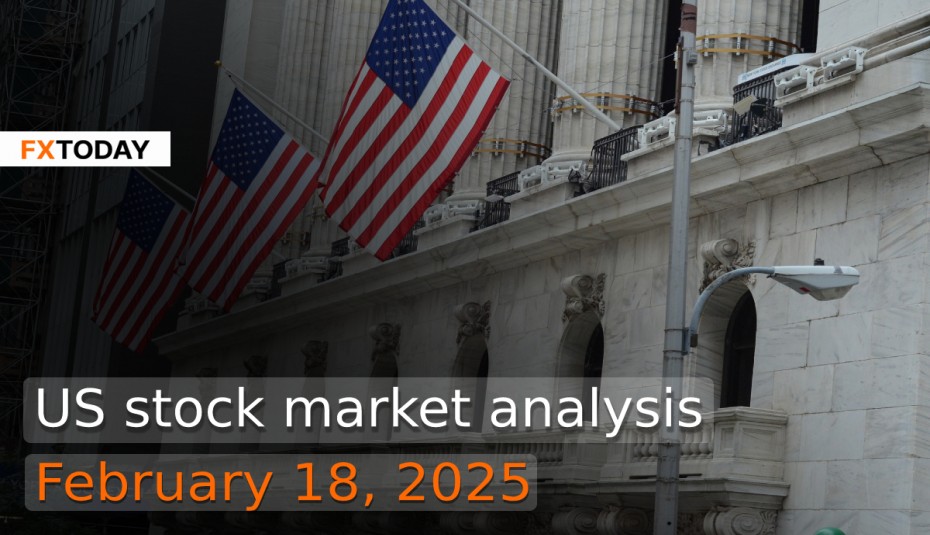The Russian economy has grown more than expected.
The ruble has remained stable over the past week due to investors needing to weigh political risks and the monetary policies of the central bank. Additionally, there have been attacks on Russian refineries by Ukraine, further adding pressure amid the ongoing conflict. Increased imports have also heightened the risk of inflation.
Russia's GDP expanded by 4.9% in the fourth quarter of 2023, slightly lower than the 5.7% growth in the third quarter. However, data indicates a recovery in Russia's manufacturing sector, primarily driven by increased government spending on military expenditures. Despite facing sanctions from Western nations, the increased GDP suggests a resurgence in domestic spending, potentially including improved control over raw material costs for companies.
President Vladimir Putin continues to downplay the impact of sanctions, emphasizing Russia's economic growth outpacing that of G7 countries last year. Nevertheless, the majority of the domestic economic growth stems from arms production and government-funded military activities. While Russia possesses abundant natural resources for exports, sanctions have slowed down these exports. Furthermore, the geopolitical tensions have further harmed Russia's economy.
The services sector Purchasing Managers' Index (PMI) increased to 51.4 in March, marking the 14th consecutive month of expansion, albeit at a slower rate due to reduced export orders and overall sales pressure. Despite an increase in new orders, the shrinking export orders persist due to foreign constraints. On the cost front, raw material inflation rates have slowed to the lowest in the year.
The manufacturing sector PMI rose to 55.7 in March 2024 from 54.7, indicating a resumption of manufacturing expansion after a prolonged period. This growth is attributed to new orders and increased output, with foreign orders growing for the first time in five months. Consequently, businesses have ramped up hiring, restoring business confidence as reflected in increased investments in machinery and external sources.
Techical analysis data (5H)
Resistance: 93.4840, 93.7121, 94.0349
Source: Investing.com
Buy/Long 1: If the price touches support in the price range of 92.6103 - 92.9331 but cannot break the support at 92.9331, you may set a TP at approximately 93.7121 and SL at around 92.3822 or according to your acceptable risk.
Buy/Long 2: If the price breaks the resistance in the price range of 93.4840 - 93.7121, you may set a TP at approximately 94.0349 and SL at around 92.6103 or according to your acceptable risk.
Sell/Short 1: If the price touches resistance in the price range of 93.4840 - 93.7121 but cannot break the resistance at 93.4840, you may set a TP at approximately 92.6103 and SL at around 94.0349 or according to your acceptable risk.
Sell/Short 2: If the price breaks the support in the price range of 92.6103 - 92.9331, you may set a TP at approximately 92.3822 and SL at around 93.7121 or according to your acceptable risk.
Pivot point April 10, 2024 07:47 PM. GMT+7
| Name | S3 | S2 | S1 | Pivot Points | R1 | R2 | R3 |
| Classic | 92.3822 | 92.6103 | 92.9331 | 93.1612 | 93.4840 | 93.7121 | 94.0349 |
| Fibonacci | 92.6103 | 92.8207 | 92.9508 | 93.1612 | 93.3716 | 93.5017 | 93.7121 |
| Camarilla | 93.1045 | 93.1550 | 93.2055 | 93.1612 | 93.3065 | 93.3570 | 93.4075 |
| Woodie's | 92.4296 | 92.6340 | 92.9805 | 93.1849 | 93.5314 | 93.7358 | 94.0823 |
| DeMark's | - | - | 93.0472 | 93.2182 | 93.5981 | - | - |
















